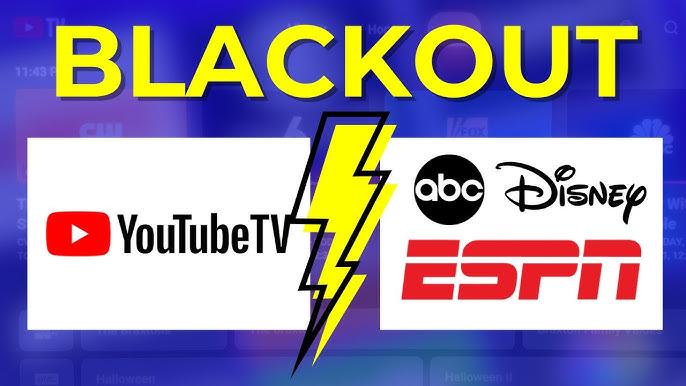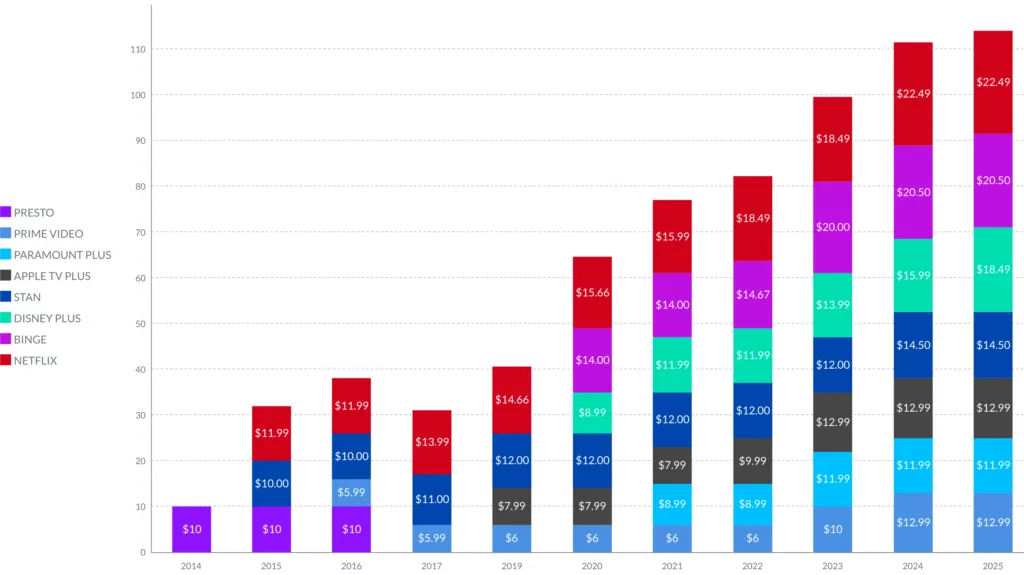YouTube TV vs. Disney: The Blackout, the $20 Credit, and What It Means for Subscribers

YouTube TV subscribers faced a Disney blackout, losing access to ESPN, ABC, FX, and more. Here’s why it happened, how to claim the $20 credit, and what it means for streaming users.
1. The Short Story: Why Everyone’s Talking About YouTube TV and Disney
In one of the biggest streaming disruptions of the year, YouTube TV subscribers temporarily lost access to Disney-owned channels, including ESPN, ABC, FX, and National Geographic, after contract negotiations between YouTube TV and The Walt Disney Company broke down.
To ease subscriber frustration, YouTube TV announced a $20 credit for affected users. This credit, while not a full refund, is Google’s way of saying “we know this isn’t your fault.”

2. What Actually Happened: The Timeline of the Blackout
The blackout began when the carriage agreement between YouTube TV and Disney expired, and both companies failed to reach new terms. As a result, Disney pulled its networks, leaving millions of subscribers without access to major sports and entertainment content.
-
Affected channels: ESPN, ESPN2, ABC, FX, FXX, Freeform, National Geographic, Disney Channel, and others.
-
Duration: The blackout lasted several days before negotiations resumed.
-
Who’s responsible? Both sides blamed each other for “unreasonable terms.”
YouTube TV confirmed in an official statement that it would automatically apply a $20 credit to active subscribers if the blackout continued for an extended period.
3. What Is a Carriage Dispute — and Why Does It Keep Happening?
A carriage dispute happens when a TV provider (like YouTube TV, Hulu + Live TV, or cable companies) and a content owner (like Disney, Paramount, or NBCUniversal) fail to agree on how much one should pay the other to carry its channels.
-
Content owners want higher fees because they produce expensive shows and sports broadcasts.
-
Streaming platforms try to keep costs down to avoid raising subscription prices.
-
When they can’t agree, channels go dark until a new deal is reached.
This kind of conflict isn’t new — it’s the same issue that once plagued traditional cable TV. But now it’s moved into the streaming world, proving that the “cord-cutting era” still has some of the same headaches.

4. How to Claim (or Confirm) Your $20 Credit
You don’t need to fill out any form or contact customer service — YouTube TV automatically issues the $20 credit to subscribers who were active during the blackout.
Here’s how to check:
-
Log in to your YouTube TV account.
-
Go to Settings → Billing.
-
Look for a line that says “Credit applied – Disney blackout”.
-
The amount ($20) should appear in your next billing cycle.
If you canceled your subscription during the dispute, you might not qualify, since credits apply only to active accounts during the affected period.

5. How Long Could the Blackout Last?
Carriage disputes usually resolve in a few days to a few weeks, depending on how far apart the two sides are in negotiations.
In this case, both Disney and YouTube TV had major incentives to strike a deal quickly:
-
For Disney: ESPN’s live sports and ABC’s programming are vital to advertisers and ratings.
-
For YouTube TV: Losing marquee channels during NFL and NBA seasons could drive users to competing services.
Indeed, a quick resolution followed, but not before subscribers voiced anger online and some explored other platforms.
6. What It Means for Subscribers — and for the Streaming Industry
For subscribers, the blackout was more than just inconvenience — it was a reminder that streaming services still depend on old cable business models.
These disputes reveal deeper trends:
-
Rising costs: Companies are paying more for sports and premium content.
-
Bundling comeback: Disney owns Hulu, ESPN+, and Disney+, which it could package together in the future.
-
Consumer fatigue: Many users feel frustrated juggling multiple subscriptions that keep getting more expensive.

7. What You Can Do During a Blackout
If you’re caught in a future blackout like this, here are practical steps:
-
Check the official updates from YouTube TV’s support or Twitter/X account.
-
Use Disney+ or ESPN app (if you have an active subscription) to watch some of the missing content.
-
Avoid canceling immediately — you might lose eligibility for compensation.
-
Explore alternatives like Hulu + Live TV, Sling TV, or fuboTV for short-term access to key channels.
If a blackout lasts long, most providers eventually offer credits or refunds, as YouTube TV did.
8. Why This Keeps Happening — and What’s Next
Streaming was supposed to end cable disputes — but as more companies fight for higher licensing fees, viewers end up paying the price.
Experts predict that in the next few years:
-
We’ll see more bundled streaming packages (Disney, Hulu, ESPN, etc.).
-
Services may offer tiered pricing, where some packages exclude certain channels.
-
Carriage negotiations will become more transparent, especially after regulatory scrutiny.

9. Final Thoughts
YouTube TV’s $20 credit is a rare show of goodwill in an industry often criticized for poor customer treatment.
However, the blackout itself is a wake-up call: even modern streaming giants face the same contractual hurdles as old-school cable companies.
For viewers, the takeaway is simple — stay informed, check your billing for credits, and remember that even in the streaming age, content power struggles still shape what we can watch.





